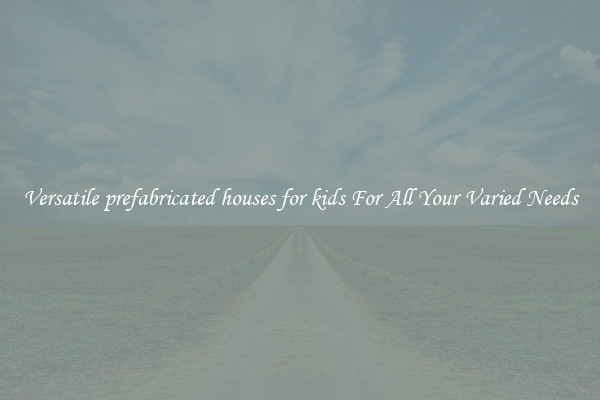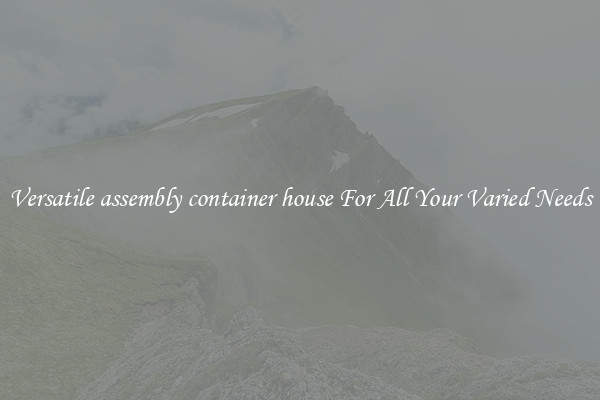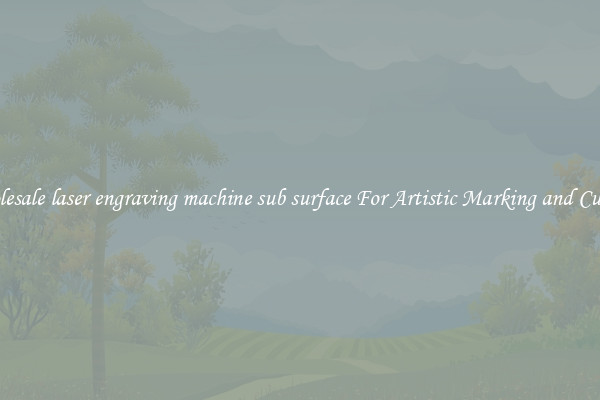Versatile environmental prefabricated construction For All Your Varied Needs
Versatile environmental prefabricated construction, also known as modular construction, is quickly becoming a popular choice for various construction needs. This innovative construction technique allows for the fabrication of buildings off-site in a controlled environment before being transported and assembled on-site. With its many benefits, it has gained widespread recognition as an efficient, sustainable, and adaptable solution for diverse construction projects.
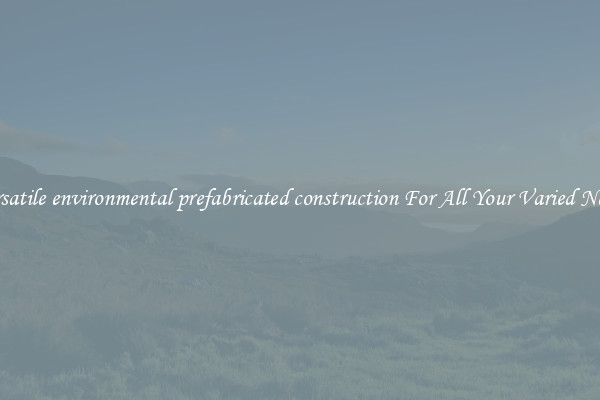
One of the key advantages of environmental prefabricated construction is its versatility. Modular construction offers a wide range of possibilities, accommodating various needs and requirements. From residential homes to office buildings, schools, hospitals, and even retail spaces, the flexibility of prefabricated construction can cater to different project types and sizes.
The ability to customize prefab modules according to specific designs and architectural plans allows for endless possibilities. Construction companies can collaborate with architects and engineers to create tailor-made solutions that meet their clients' unique needs. This level of customization ensures that each project is built to suit its intended purpose and optimizes the use of available space.
Prefabricated construction techniques are also extensively used for temporary structures and emergency response situations. The speed of fabrication and assembly make it an ideal solution during times of crisis when quick deployment and versatile spaces are required. As modular construction components are easy to transport and assemble, they can be rapidly deployed and utilized in disaster-stricken areas to provide shelter, medical facilities, or even educational centers.
Another significant advantage of environmental prefabricated construction is its environmentally friendly nature. The controlled fabrication process minimizes waste, as excess materials can be reused on other projects. Additionally, the environmentally conscious design allows for the integration of energy-efficient systems, reducing the carbon footprint of the built environment. Prefabricated buildings are often well-insulated and employ sustainable technologies such as passive heating and cooling, rainwater harvesting, and renewable energy sources.
Furthermore, the efficiency of modular construction leads to a shorter construction timeline compared to traditional on-site construction. Off-site fabrication allows different parts of the project to be simultaneously completed, reducing overall project duration. Shorter construction time translates to cost savings and increased productivity, making it an attractive choice for all types of construction needs.
In conclusion, versatile environmental prefabricated construction has revolutionized the construction industry by offering an adaptable and sustainable solution for various needs. Its customizable nature, efficiency, and environmentally friendly qualities have made it an attractive choice for both permanent and temporary structures. As the demand for sustainable construction practices continues to grow, the versatility of prefabricated construction techniques will undoubtedly play a crucial role in shaping the future of the industry.
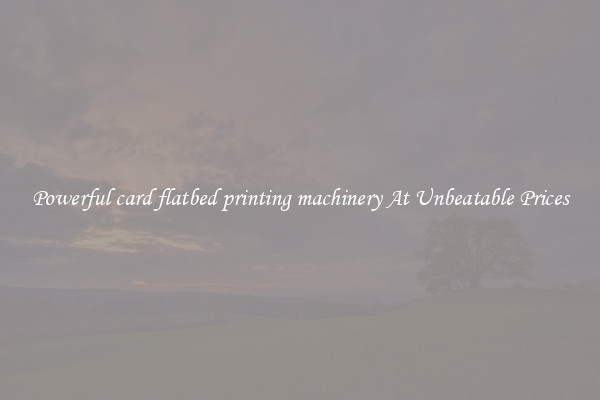
View details

View details

View details

View details
